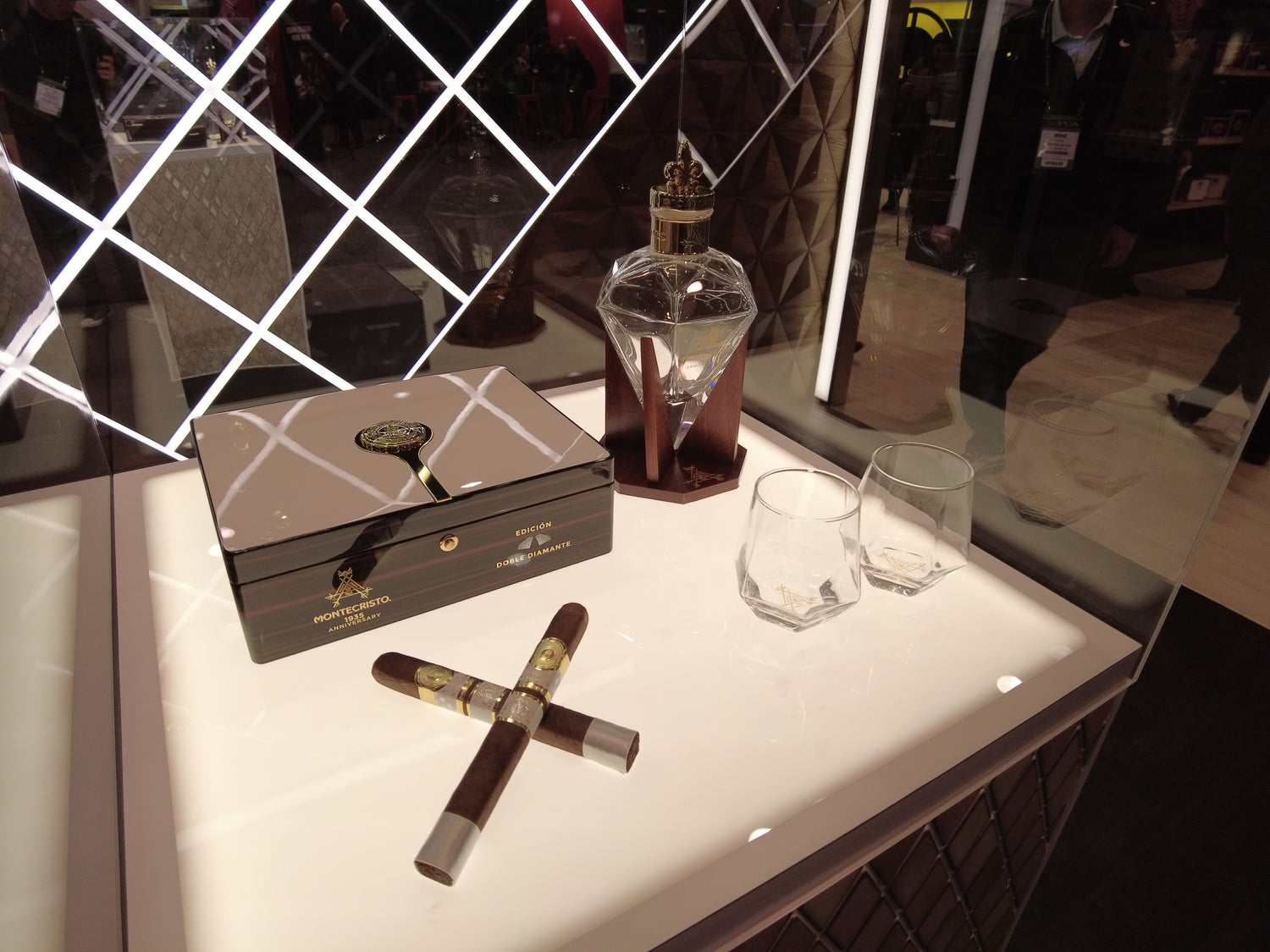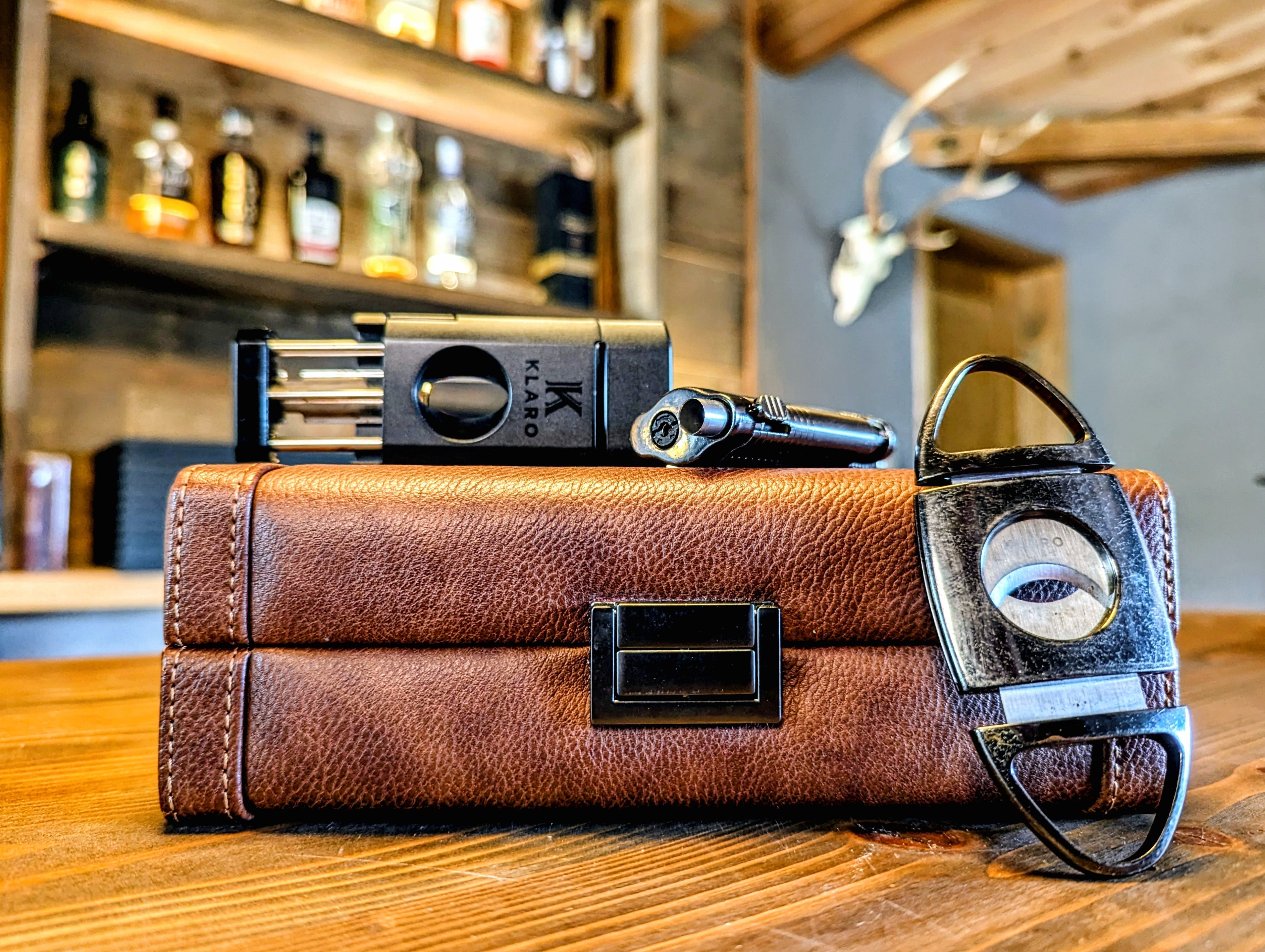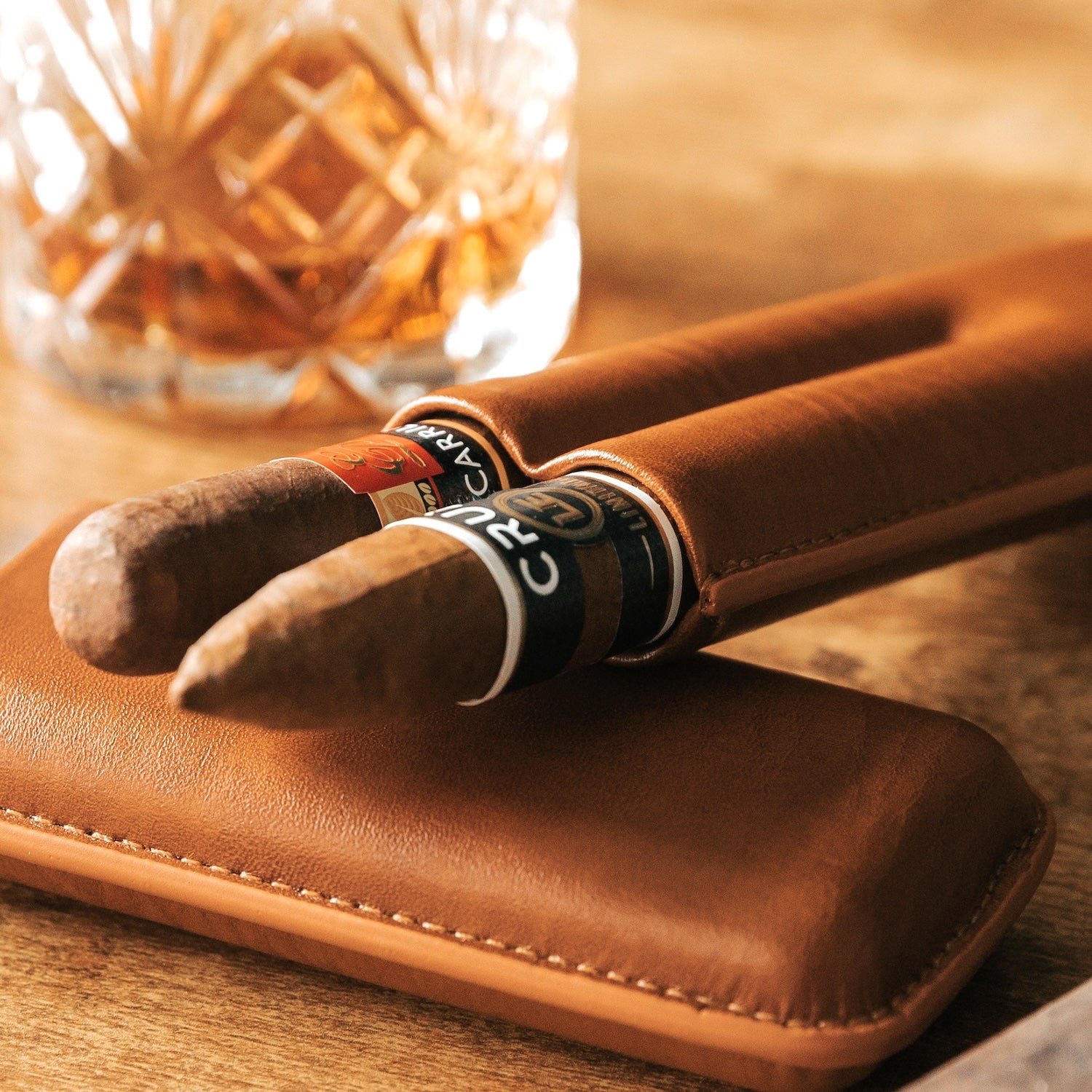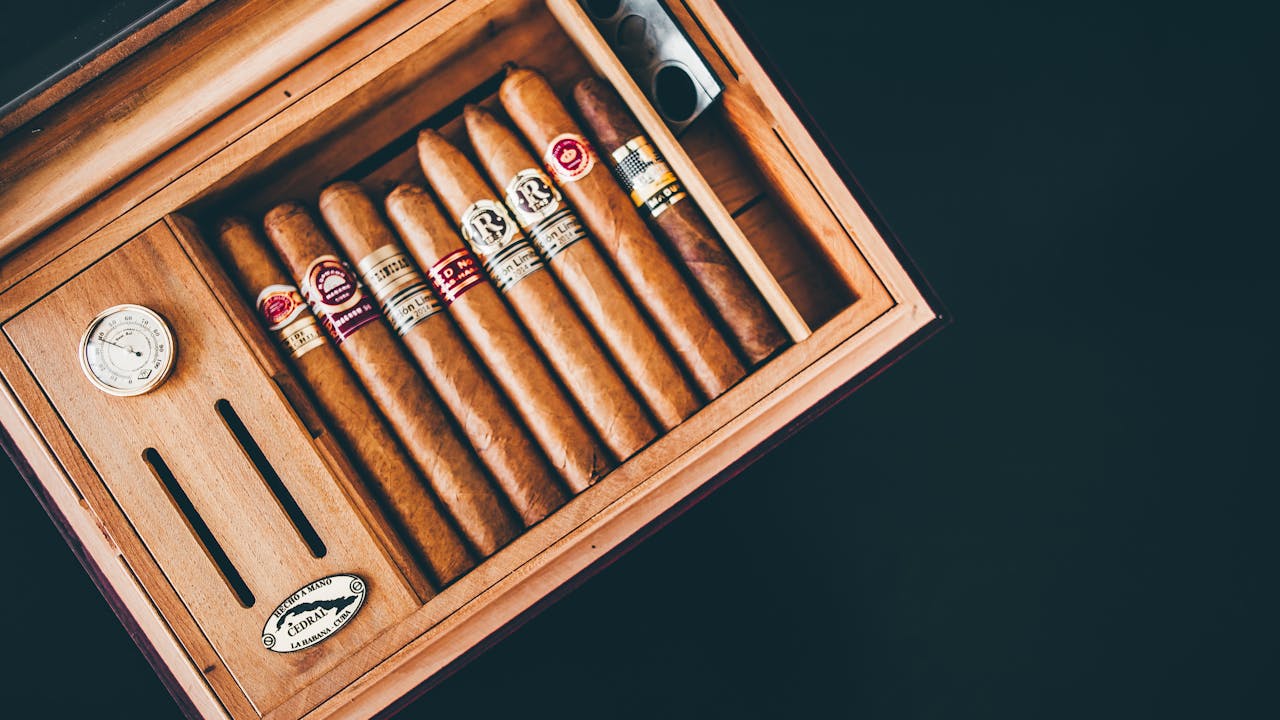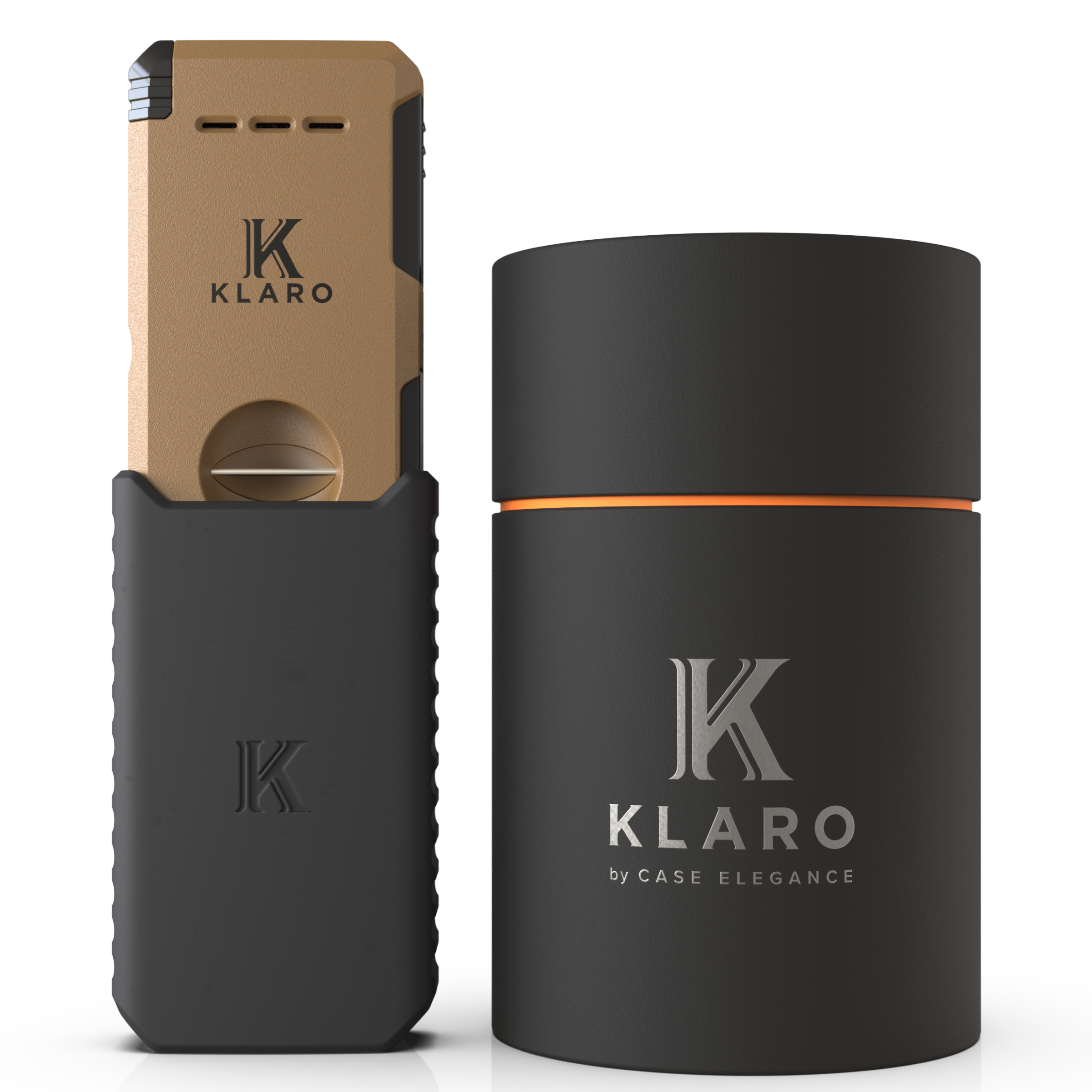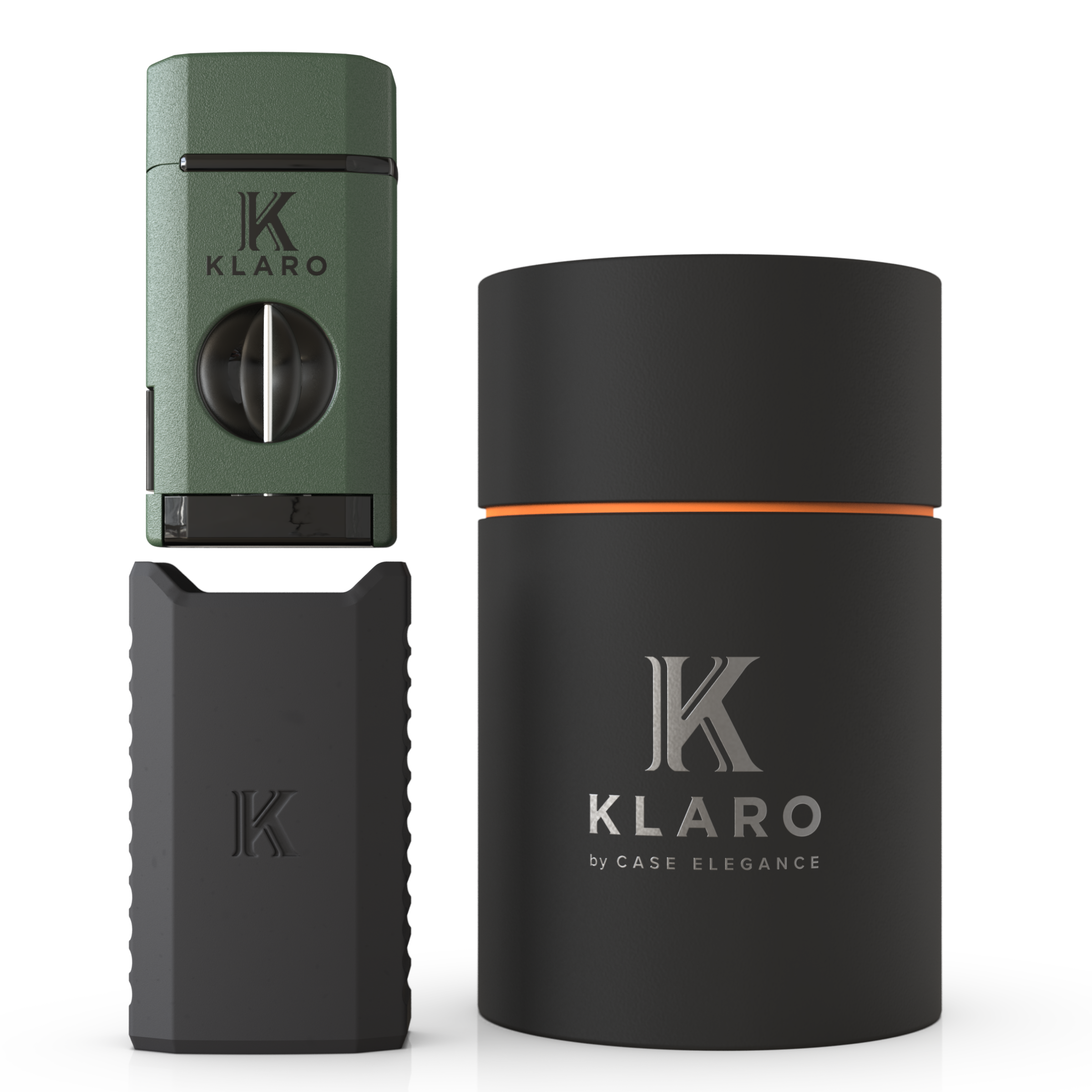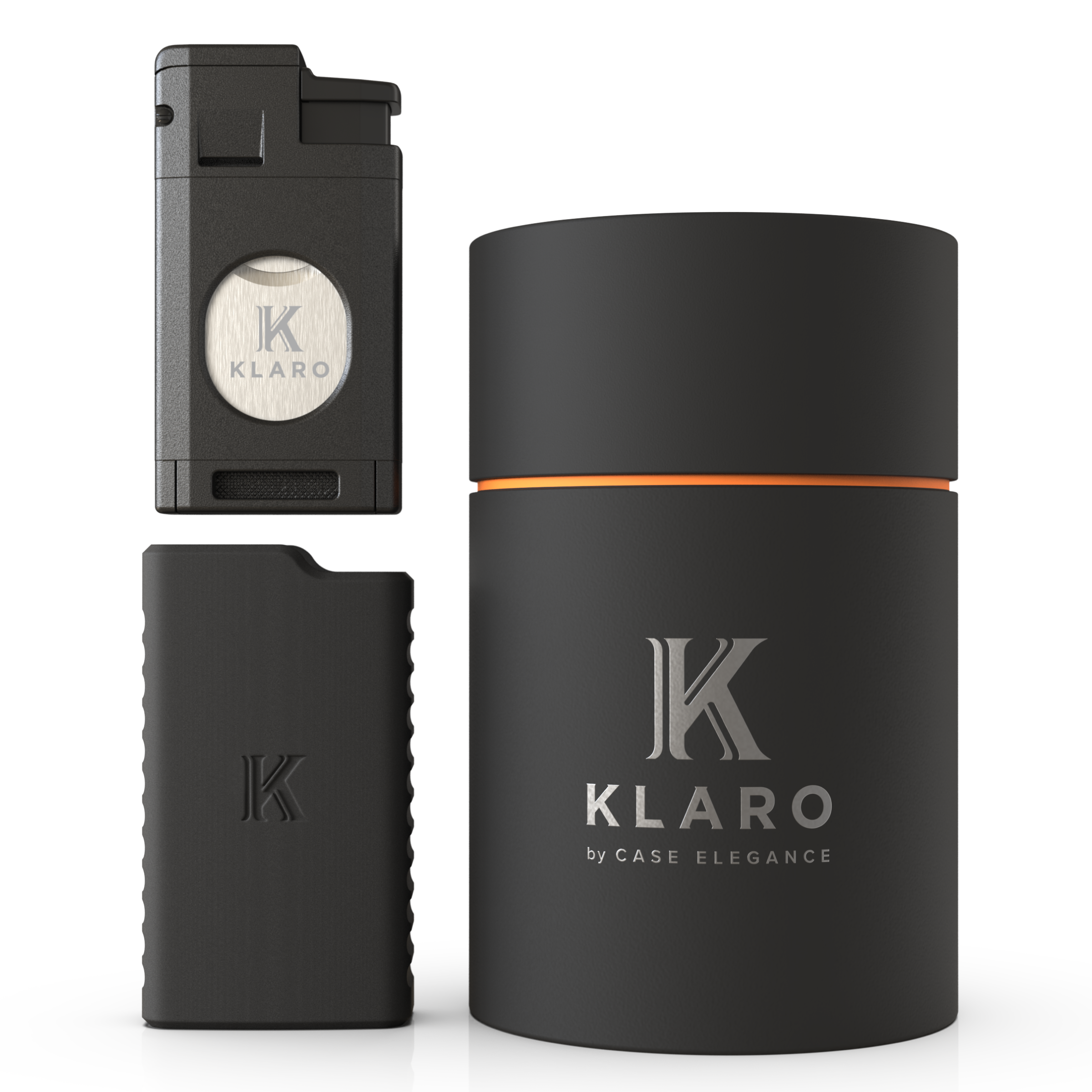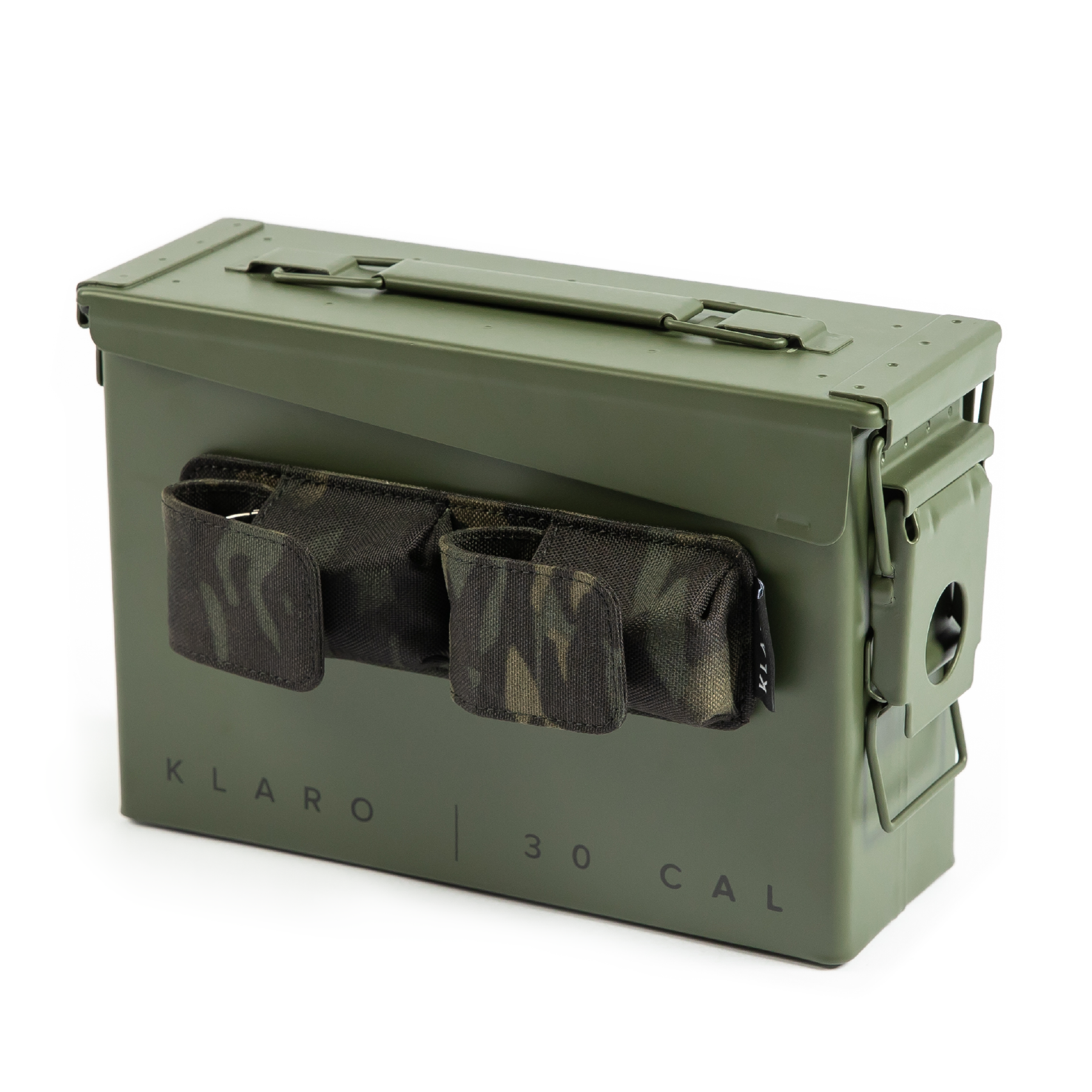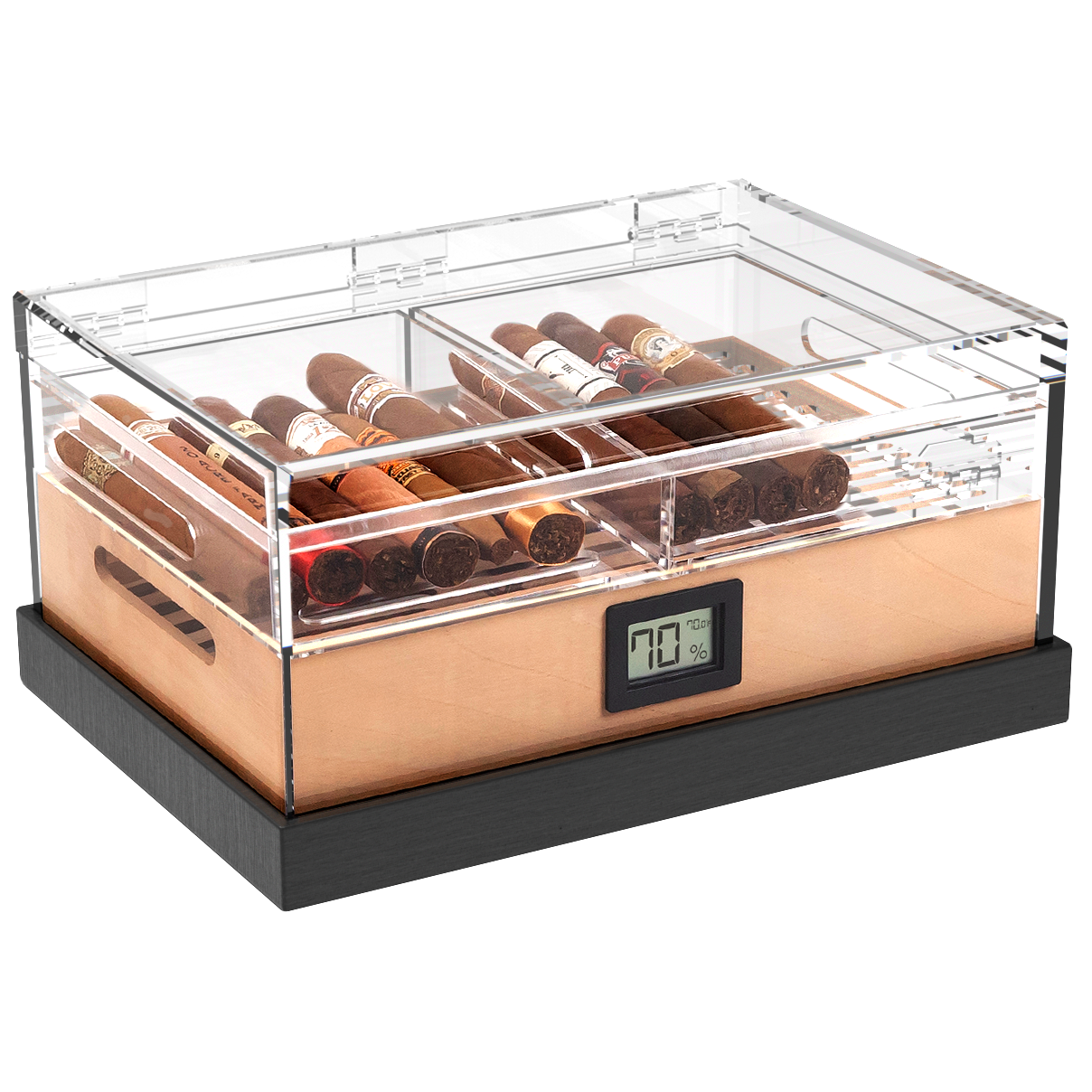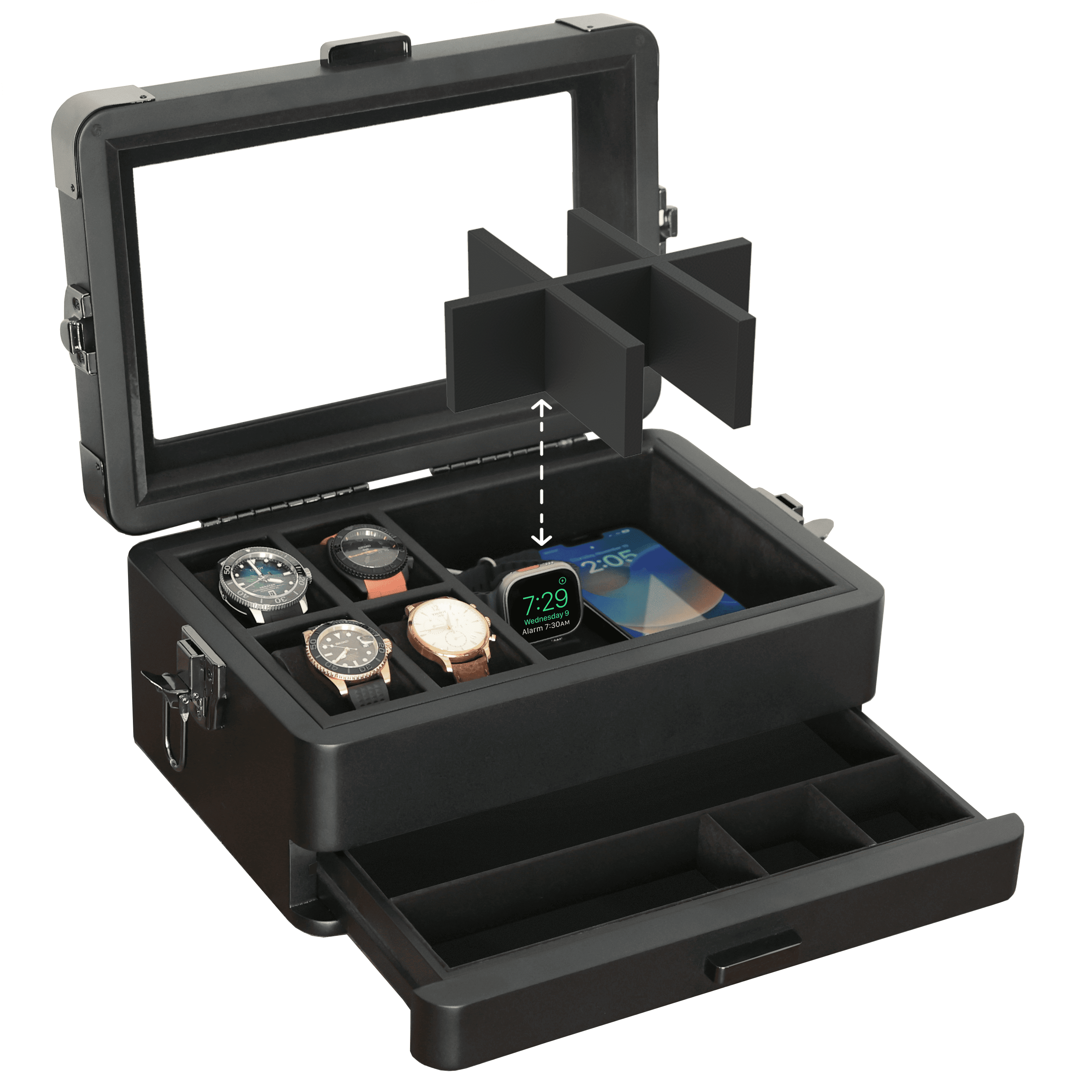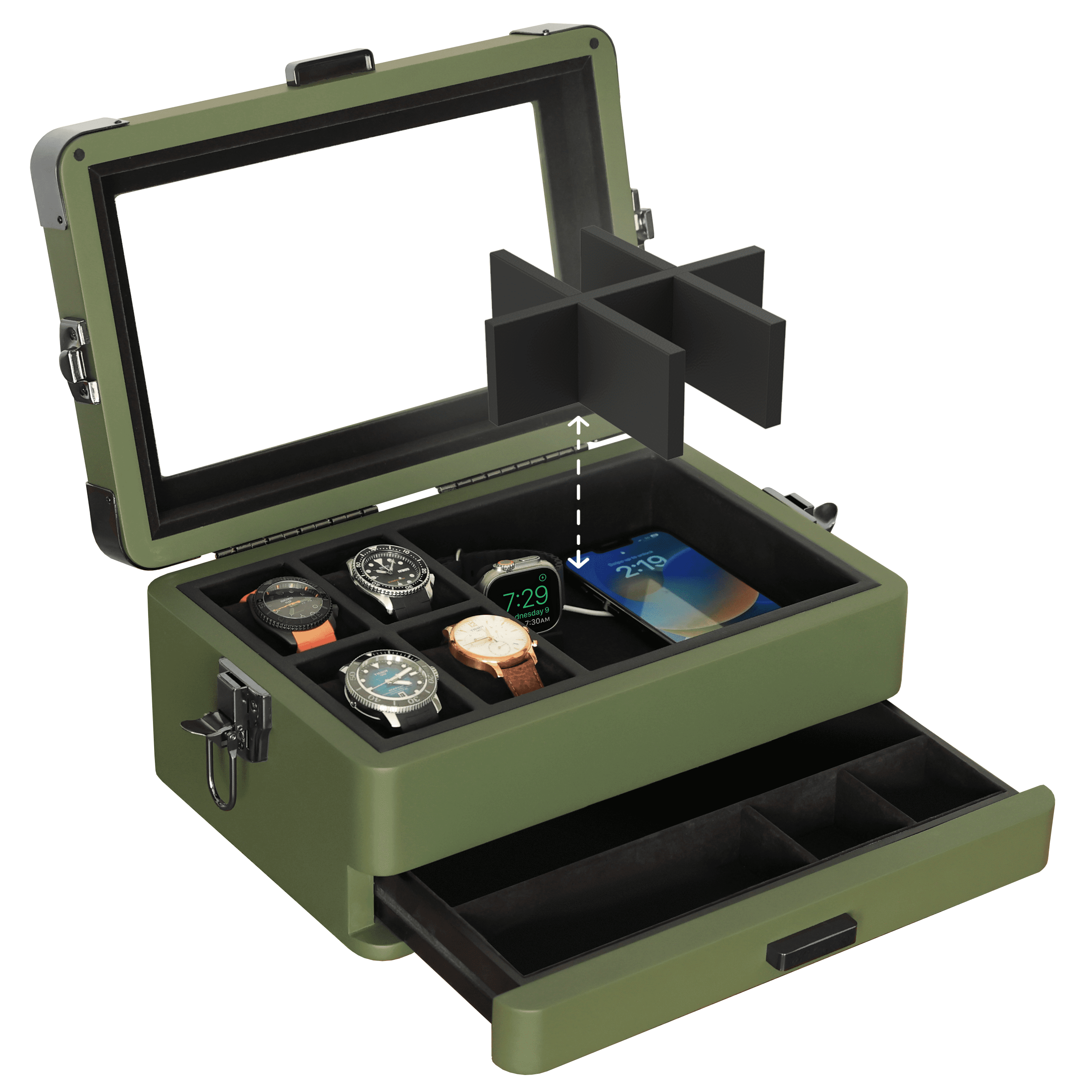It’s nothing new for the rarest delicacies to demand the highest price, and cigars are a natural progression. Cigars and luxury go hand in hand. By the mid-19th century, cigars were already a status symbol, reserved for the upper echelon of society. Of note, the popular H. Upmann brand originated when German banker Herman Upmann used cigars to promote his banking business. Banking, of all industries. While you can find quality cigars at affordable prices, there will always be those at extreme, statement-making prices. This article explores the extreme edges of those prices, corralling the most expensive cigars available. (Or unavailable, we should say).
Many of us know what we consider too much to pay for a cigar. Or which cigars are for special occasions and are worth the indulgence. But these cigars? Some on our list can cost in the millions. So let’s investigate the most luxurious cigars ever rolled to better understand how they command such kingly prices.

Understanding Cigar Pricing Factors
You get what you pay for. There’s truth to that regarding the quality of tobacco you can expect from a premium cigar grown and manufactured by a respected cigar maker. The tobacco is grown and sourced from particular regions and soils, even. Cured with special processes. Rolled by craftspeople with decades of experience. A level of quality is maintained, and you pay for it.
You also pay for the prestige and heritage of particular cigar brands. Boutique cigar companies exist, but it’s a competitive field. And the big family names that have been successfully producing and distributing cigars for centuries can charge more for their well-known (and well-loved) products. Add to that limited-edition runs and specialty collaborations, and you cultivate a market for exclusive cigars. Collector items, even.
At Klaro, you might have already purchased certain limited editions or specialty cigars. Some even at higher prices than what you normally might pay. But the cigars on our list are in a category of their own. In the early 2000s, we saw certain brands branch off to create ultra-limited, ultra-luxury cigars that began a battle for the costliest, most extravagant cigars ever seen.

The Pioneers: Iconic Expensive Cigars
We start our list with some of those first to the scene of luxury cigars.
Cohiba Behike, $470 Per Cigar ($18,000-$20,000 Per Humidor) – In 2006, the Cohiba Behike was released as an extremely limited edition to celebrate the 40th anniversary of the Cohiba brand. Only 100 humidors were made, each containing 40 cigars. This was one of the most expensive cigars at the time, and it would retain its exclusivity until released in 2010 at a more affordable price. Of note, these cigars included the rare media tiempo tobacco leaves, which contributed to the complex, multi-dimensional flavor of those initial Bhikes.
Gurkha Black Dragon, $1,150 Per Cigar – Released in 2006, the Ghurka Black Dragon was produced with a limited run of only 5,000 cigars, making it extremely rare. The cigar featured a blend of aged Dominican long-fillers, a Dominican binder, and a Connecticut Broadleaf Maduro wrapper, and the cigars were presented in hand-carved camel bone boxes, containing 100 each ($115,000 per box). In fact, make note of that packaging, because this is a common feature among luxury cigars that often can be attributed to such high price tags.
Arturo Fuente Opus X, $15 Per Cigar – Wait, only $15? How does this belong on our list? Well, it’s worth noting the cigars that pioneered the way for exclusive, high-quality, high-dollar issues. The Arturo Fuente Opux X was released in 1995, and it marked a significant milestone in the cigar industry as the first Dominican puro, made entirely from tobacco grown in the Dominican Republic. The Opus X gained acclaim for its quality and complex flavor profile (a theme). Subsequent Opus X cigars, including the Opus X “A”, run for considerably more, especially aged versions or limited releases.

Unveiling the Most Expensive Cigars
So now we’ve come to our three most expensive (and possibly ridiculous) luxury cigars.
Regius Double Corona, $52,000 Per Cigar – Earthy, creamy, and spicy. It’s almost tongue-in-cheek to refer to the tasting notes of a cigar of this price. But that’s also the point: With the Regius Double Corona, you pay $52,000 for far more than a cigar. Purchase of the cigar includes a first-class flight to the company’s headquarters in Nicaragua, a private tour, and the design of your own custom cigar blend and 1,000 sticks. While this ranks among our most expensive cigars, there’s certainly a caveat, given all the additional value associated with its purchase.
King of Denmark Cigar, $4,500 Per Cigar – Speaking of caveats, the 24KT gold leaf and Swarovski crystal-embedded King of Denmark cigar can cost up to $4,500, given the expensive additions. This is a highly customizable cigar, with only 30 made a day. Buyers also can have their name engraved on this cigar. What we hear often in reviews of these luxury cigars are, again, somewhat flippant. But the King of Denmark boasts complex, woodsy flavors with coffee notes.
Gurkha Royal Courtesan, $1.36M Per Cigar – We could wrap up this list with no other cigar than the nearly $1.4M Gurkha Royal Courtesan. Five-carat diamonds cover the band of this absurdly-priced cigar, and the wrapper is covered in 24KT gold leaf. During the production process, the filler is infused with the nearly $5,000-per-bottle Remy Martin Louis XIII cognac. This cigar also boasts rare Himalayan tobacco in the blend. But the rolling process is perhaps the most extravagant and performative aspect of the Courtesan. The master cigar makers are purportedly blindfolded, to better enhance their other senses while constructing the cigars. Though I call that a lot of bunkum...
Exquisite Craftsmanship and Materials
The use of rare tobacco varietals significantly impacts the price of luxury cigars. These unique and often hard-to-grow or acquire tobaccos make smokers more curious to try them and willing to spend more on rare or uncommon strains. Rare tobacco leaves, such as those grown in specific regions with ideal climates and soil conditions, can offer distinct flavors and aromas.
Packaging, too, can drive costs. We mentioned this earlier with the Ghurka Black Dragon camel bone boxes, but these luxury gimmicks are common among several brands, not just Ghurka. They invest in creating visually stunning and opulent packaging to enhance the overall experience of owning and smoking their cigars. Does it make the cigars any better? Certainly not. But handcrafted boxes, often made from exotic woods and adorned with all sorts of stones, devices, or metals, certainly add value to the experience.
At the end of the day, a luxury cigar needs to smoke well. Regardless of the packaging or where they source the tobacco, none of that matters if the construction and methodology of building the cigar lacks. Hand-rolled perfection is a hallmark of luxury cigars, where the craftsmanship is a significant factor in their high costs. Skilled artisans, often with years of experience, meticulously hand-roll each cigar to ensure consistent quality and a flawless smoking experience.
But this can be gimmicky, too: the Gurkha Royal Courtesan cigars, for example, are rolled by artisans who remain blindfolded in order to focus on the craft, we’re told. A silly detail that is likely more for appearances than quality.

The Role of Branding in Luxury Cigars
So how much of the price can be attributed to quality? How much to packaging and presentation (i.e. sold with a humidor)? And how much is in the branding and reputation of the cigar company selling the luxury cigars?
Branding plays an important role in luxury cigars and their cost and demand. As noted, some generational brands have reputations that are over a hundred years old and have deep-rooted traditions in tobacco cultivation and craftsmanship. This heritage not only ensures a high-quality product but also adds a sense of prestige and authenticity that attracts collectors and aficionados willing to pay premium prices
Celebrity endorsements also contribute to the branding and value of luxury cigars. When high-profile athletes, actors, or celebrities enjoy particular brands, it can drive demand. Arnold Schwarzenegger and Michael Jordan are obvious examples. These endorsements can elevate a brand’s status and, therefore, its prices.
Limited runs or limited editions can impact perceived value, too. Brands often release limited edition cigars, which are produced in small quantities and feature unique blends or special packaging. These can create a sense of preciousness among collectors and enthusiasts.

Rarity Sets Demand
The more rare and scare a product, the more potential for raising its market value. This is a common tactic with cigar manufacturers.
Luxury cigar manufacturers often introduce limited production runs to create a sense of exclusivity and urgency among buyers. It’s also part of the game for collectors. But this can affect quality, too: Brands can maintain high standards of quality and ensure that each cigar is meticulously crafted by producing a small number of cigars, rather than their large production runs.
This occurs more naturally with vintage cigar collections, as cigars become more rare as others of the line are smoked. But another factor is aging: Cigars that have been aged for many years, sometimes decades, are highly prized for their refined flavors and unique characteristics that develop over time. The aging process and the limited availability make vintage cigars highly sought by collectors and connoisseurs, thereby driving up their prices.
Auction prices and trends also play a significant role in determining the value of luxury cigars. Rare and limited edition cigars often fetch high prices at auctions, reflecting their desirability and the competitive nature of acquiring them.
Lavish Accessories and Humidors
Diamond-encrusted cutters and lighters, bespoke humidors, opulent cigar boxes — these are the epitome of the luxury cigar world. Their addition to the purchase of a cigar often contribute significantly to the final price. These are not only functional but serve, like the cigar, as status symbols. These tools and cases often feature intricate designs, making them highly desirable collectibles.
The Luxury Cigar Experience
The luxury cigar experience extends beyond just smoking a high-end cigar. It encompasses an entire lifestyle that includes exclusive lounges and clubs, pairing cigars with fine spirits and cuisine, and attending private events and tastings.
Exclusive cigar lounges and clubs are central to the luxury cigar experience, offering a private, dedicated environment where enthusiasts can enjoy their cigars. These often feature plush furnishings, well-stocked humidors, and a curated selection of premium cigars and spirits. Membership to these clubs can be quite expensive and is often limited.
Likewise, pairing cigars with fine spirits and cuisine is an essential part of the luxury cigar experience (and this sometimes all happens at the lounge or club). Expertly pairing a cigar with a complementary drink, such as aged whiskey, cognac, or fine wine, can enhance the flavors and overall enjoyment of both. Gourmet meals and snacks that complement the cigar’s profile can further elevate the experience. Many high-end restaurants and bars offer pairing menus specifically designed for cigar aficionados.
Embracing the Extravagance of Luxury Cigars
Obviously, many of the most expensive cigars in the world are such for that reason: decadence for decadence’s sake. But there’s something to be learned from their example. While limited runs and exclusive cigars may be part of a larger marketing ploy, they are not without merit. And, for the right price, you can try unique, small-batch tobacco blends that may be far superior than what you may be used to smoking.

